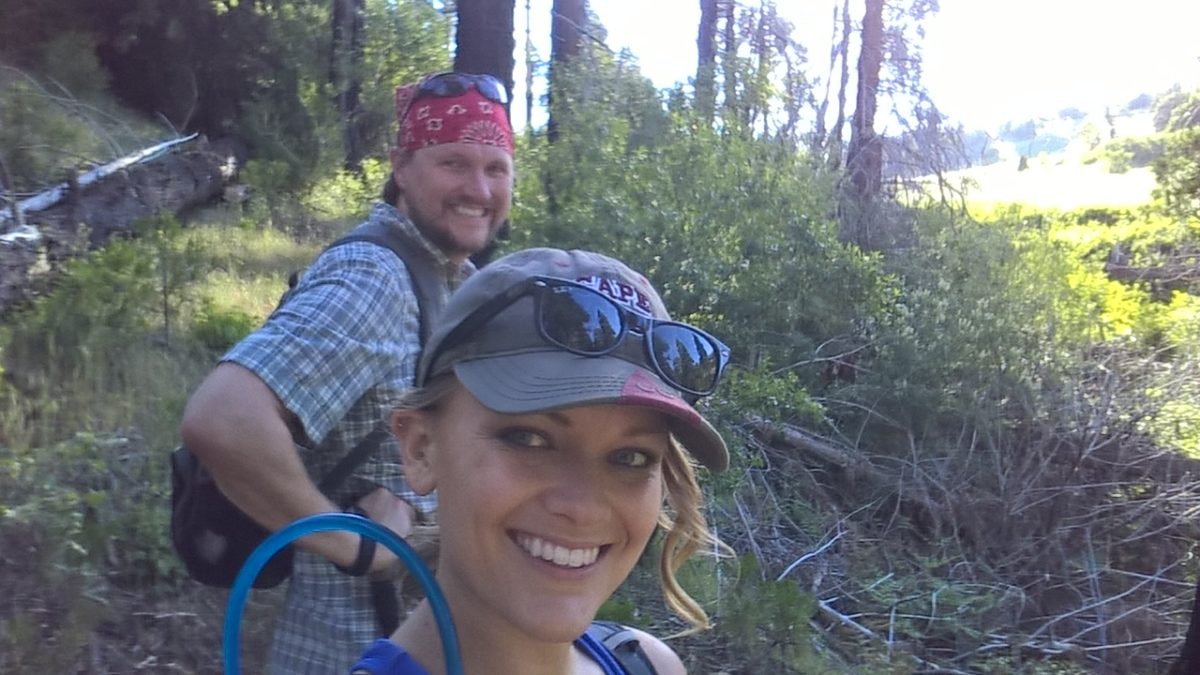As I’ve mentioned in past blog posts I’ve recently decided to train for backpacking into the Grand Canyon. In learning how aggressive of a hike that actually is, I knew that training was going to be incredibly important so I started to craft my training plan. After starting with my attempt at hiking Mount Woodson to get up to Potato Chip Rock, I knew that just getting out and doing hardcore hikes wasn’t going to do the trick.
Here’s what I’ve learned in my time (so far) in training for backpacking into the Grand Canyon.
Get Out on the Trail
Back in high school, a volleyball player buddy of mine told me that the only way to be a better jumper was to start jumping. Similarly, the best way to train for a tough backpacking trip is is to get out on the trail and start hiking. Whatever you do, though, start slow. What I learned from trying to jump into a super aggressive hike is that it can easily become so difficult that it could ultimately deter you from hiking. It turned out that I was just frustrated enough with myself for letting myself get so out of shape that I was driven to come back and do it again.
When just starting to train for a backpacking trip like the Grand Canyon, figure out where you are and start there. If all you can do is flat trails with negligible elevation gain find those 1/5 or 2/5 trails in the various hiking books. Foghorn Outdoors makes a great series. Buy a few hiking books for your local area and just get out on the trail somewhere.
No Trails Nearby? Just Start Walking
Just because there are no trails around doesn’t mean you can’t just start walking around everywhere you go. Throw on a pair of boots and take the long way home when you’re out and about. Just remember that when you’re on the trail, boots will add more weight than dress shoes or sneakers so account for that and wear your boots when you’re doing those training walks. Don’t have anywhere to walk around outside? Find a treadmill with a random setting so that you can mimic some hills or an elliptical machine that will let you play with the difficulty setting.
Bottom line is, if you want to start training for backpacking or to go on a thru-hike you have to start walking and strengthening your legs, ankles and feet. Without those you won’t get anywhere.
Put Some Weight on Your Back
When you’re backpacking a trail for any amount of time, you’re going to end up having to carry weight. Again, this is backpacking, not just hiking. When you find yourself at a point where your training hikes/walks are starting to feel easier, strap your backpack on your back and throw 10 pounds of pack weight into it. After you get comfortable with 10 pounds, up it to 20 and then to 30 – maybe even go to 40.
Remember that your backpack (including food and water) is going to weight upwards of 40, maybe 50 pounds (unless you’re an ultralight backpacker, which requires a different set of skills and knowledge altogether.
Strengthen Your Core
Hip belts definitely help to shift the majority of the weight of your backpack to your hips and legs but you still have to keep yourself upright under the rest of the pack’s weight. And don’t forget that your hips, butt and upper thighs are a legitimate part of your core as well so start practicing yoga or start taking Pilates classes.
When you’re training for backpacking, just remember that somehow you need to be able to power your walk under a backpack of some weight so you’d better make sure that you’re strong enough to do so.








